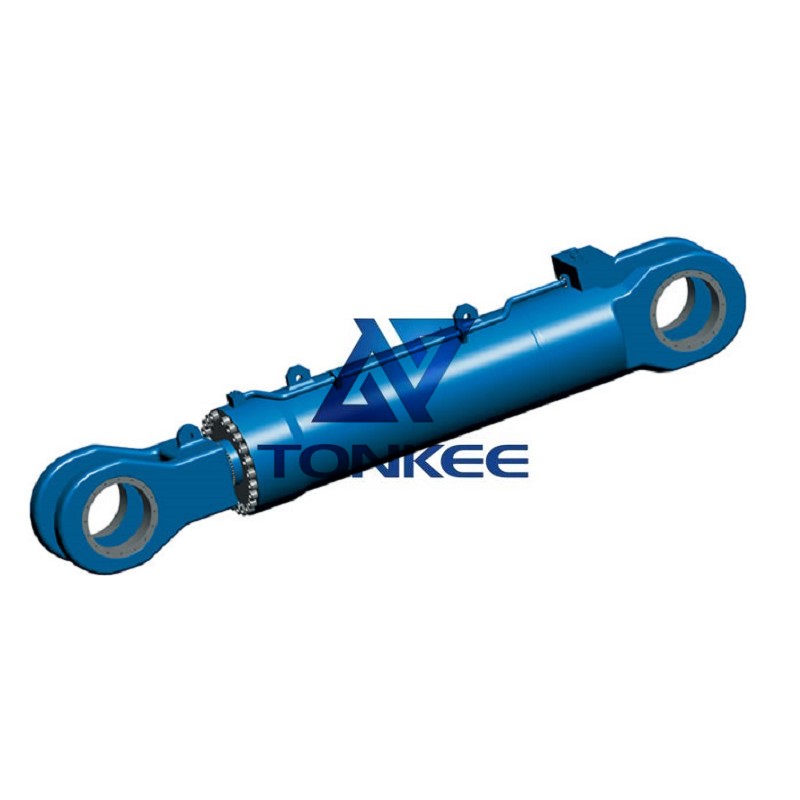
Size and Capacity: Large hydraulic hull door cylinders come in various sizes and capacities to meet specific application requirements.
They are typically designed to handle substantial loads and pressures, with capacities ranging from a few tons to several hundred tons. The cylinder size is determined by factors such as the size and weight of the hull doors and the operational demands of the split barge.
Materials and Corrosion Resistance: These cylinders are constructed from high-strength materials such as marine-grade steel or stainless steel to ensure durability and resistance to corrosion from saltwater exposure. The choice of materials depends on the severity of the marine environment and the cylinder's expected service life.
Sealing Mechanisms: To prevent hydraulic fluid leakage and maintain reliable performance, large hydraulic hull door cylinders are equipped with advanced sealing mechanisms. Common seal types include piston seals, rod seals, and wiper seals, all of which are designed to withstand the challenging conditions encountered at sea.
Operating Pressure: The operating pressure of these cylinders can vary depending on the application, but they are generally designed to handle high hydraulic pressures to generate the force required for moving heavy hull doors. Operating pressures can range from 2,000 to 5,000 psi (pounds per square inch) or more.
Stroke Length: The stroke length of the cylinder determines how far the piston can extend and retract. It is crucial to select a cylinder with an appropriate stroke length to ensure that the hull doors can be fully opened and closed as needed.
Mounting Options: Large hydraulic hull door cylinders can be mounted in various configurations, including vertical and horizontal orientations, depending on the specific requirements of the split barge system and the available space for installation.
Control Systems: These cylinders are typically integrated into a broader hydraulic control system that allows for precise and synchronized movement of multiple cylinders. Advanced control systems may include proportional valves, sensors, and programmable logic controllers (PLCs) to ensure safe and efficient operation.
Safety Features: Safety is paramount in marine operations, and large hydraulic hull door cylinders are equipped with safety features such as pressure relief valves and emergency shutdown mechanisms to prevent accidents and protect personnel and equipment.
Maintenance Requirements: Regular maintenance is essential to keep these cylinders in optimal working condition. Maintenance tasks may include inspections, seal replacement, lubrication, and pressure testing to detect and address any issues promptly.
Certifications and Compliance: Depending on the region and industry standards, large hydraulic hull door cylinders may need to meet specific certifications and compliance requirements to ensure they meet safety and environmental regulations.



 English
English Türkçe
Türkçe


